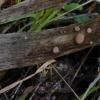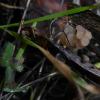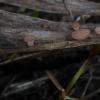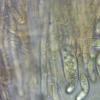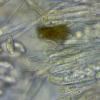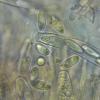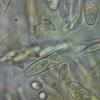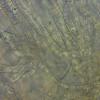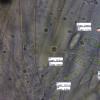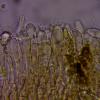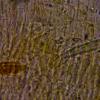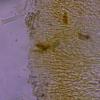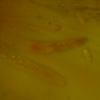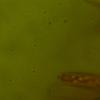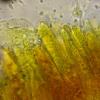
29-12-2025 08:30
Hello.A tiny ascomycete sprouting under Juniperus

29-12-2025 10:15
Hulda Caroline HolteHello, I found and collected this propoloid ascom

29-12-2025 09:38
Oskari VirtanenHi,could anyone help me identify this, I suspect P

28-12-2025 12:08
Margot en Geert VullingsThis possible Karstenia was found on the bark of d

21-12-2025 21:32
Pol DebaenstHello, Garden, Burgweg 19, Veurne, BelgiumOn 10/1

26-12-2025 21:19
Arnold BüschlenPithyella chalaudii Priou. Ist als Bryoparasit in

21-12-2025 09:32
Hello.A tiny ascomycete found embedded in wood in

18-12-2025 21:17
Pol DebaenstThe identification took me to Byssonectria deformi

Collected in Portugal, Algarve, nature reserve Fonte Benemola north of Loule, 3.1.2018.
Substrate is Arundo donax, as the leaf remains were partly still adhering to the thick lying stems. Unfortunately, most of the collection is badly ripe but I think I could get most of the important characters. Unripe spores in the asci mostly were much smaller (maybe 12-15 µm) than the free ones I measured here.
The IKI-reaction of the asci is weak and cannot be seen at all asci. For some time, I was not at all sure to have an inoperculate discomycete - but my pictures clearly show the porus.
I think this should be looked for in the Sclerotiniaceae (?) - but I do not have a good idea about the genus and species.
Who can help?
Best regards from Lothar

I see true croziers on your photo, though a bit difficult to recognize, because also basal protuberances occur. This and the occurrence on Poaceae speaks for Rutstroemia calopus. In my folders this is the unpublished genus Clarireedia which exists only in the web. Actually, this group stands apart from Rutstroemia in phylotrees. It was suggested for the dollarspot disease Sclerotinia homoeocarpa, which clustered with a R. paludosa sequence in CBS (see my homoeocarpa folder).
Zotto

Hello Zotto,
thanks a lot for your expertise. I had thought of R. calopus but got away of it because I found the spores not typical for a Rutstroemia.
Nice to have a name, then :-)
Thanks again and best regards, Lothar
